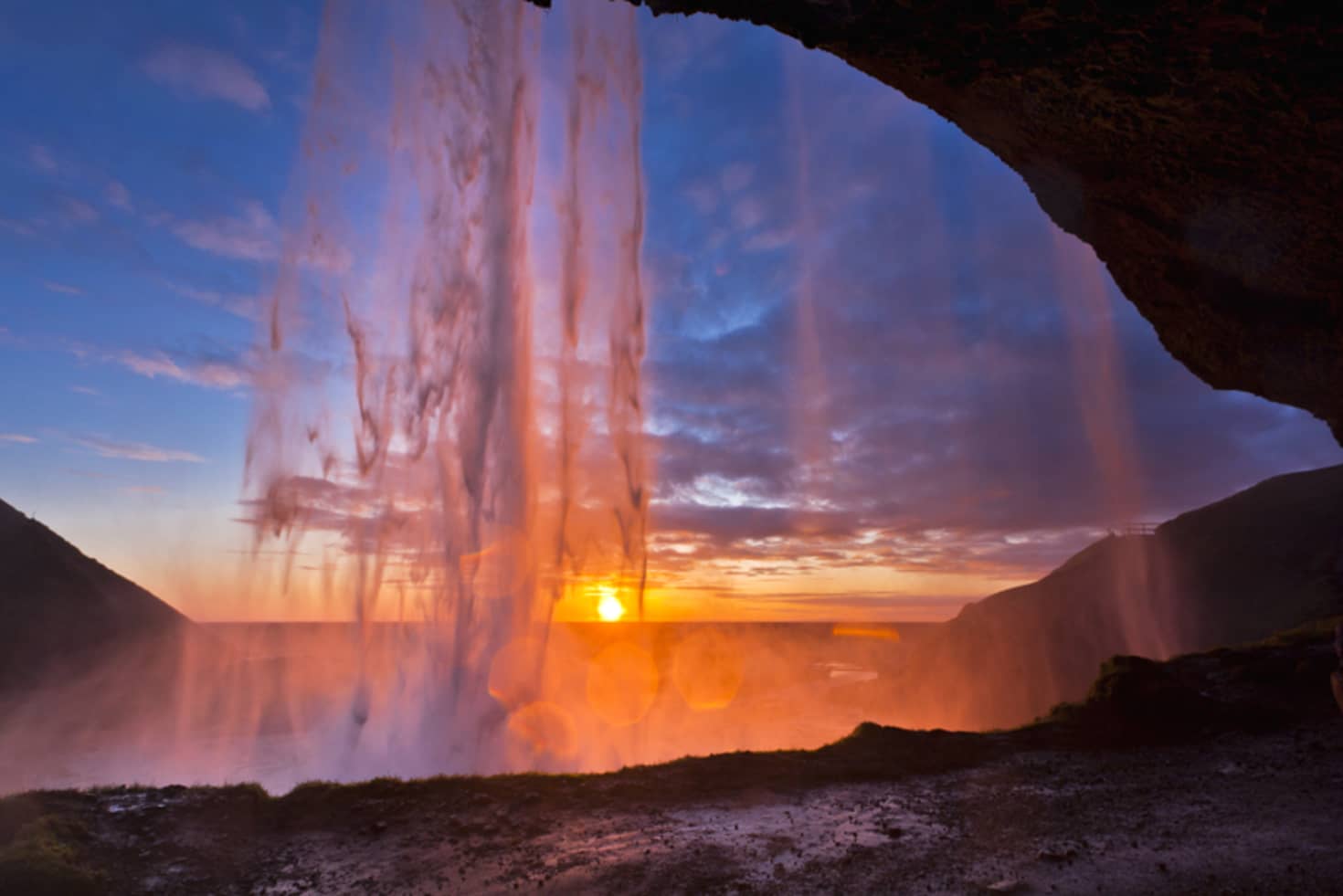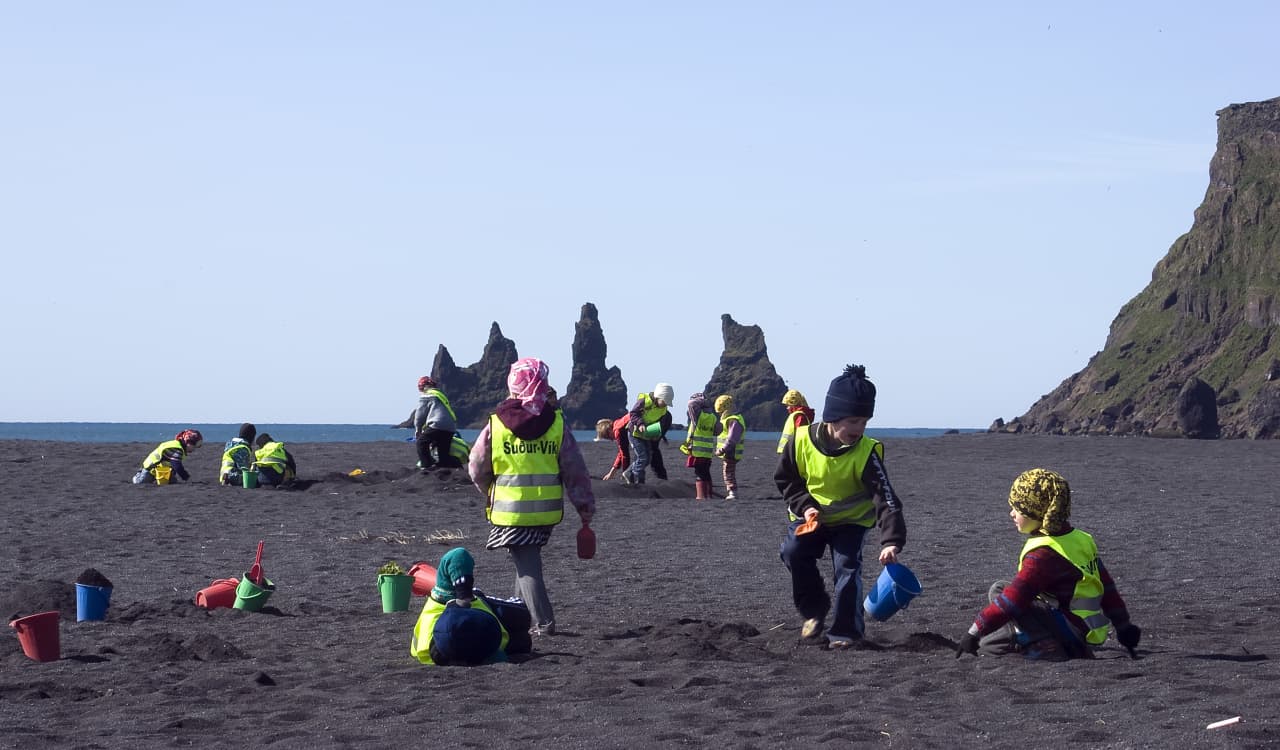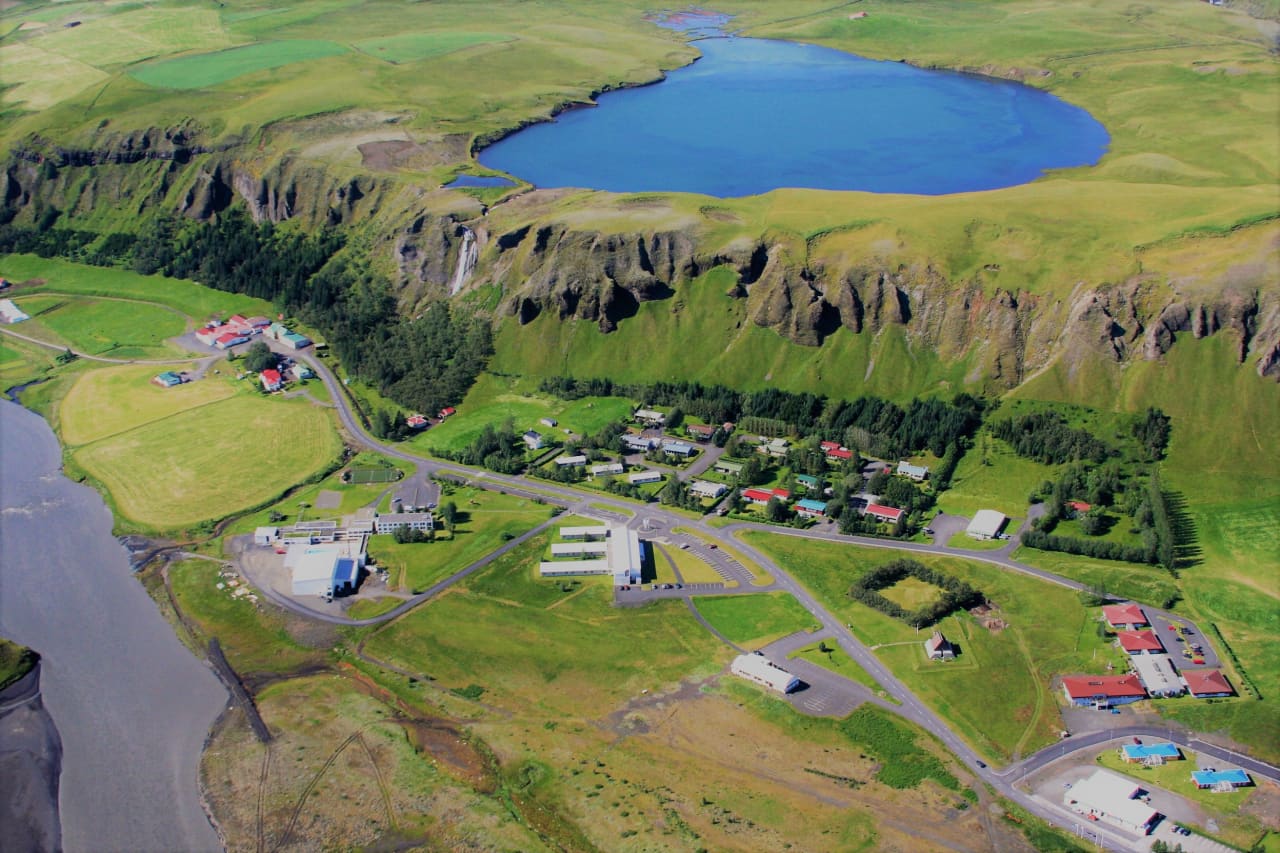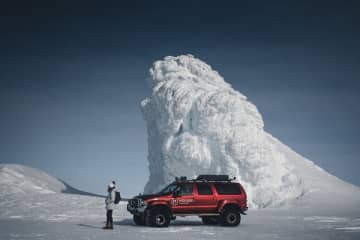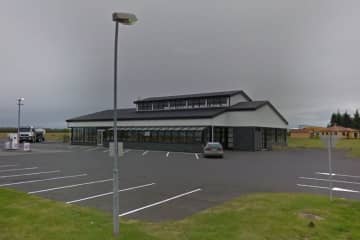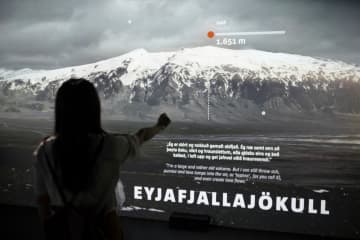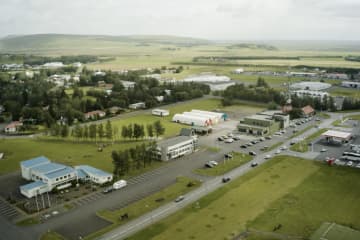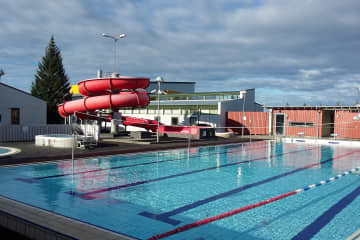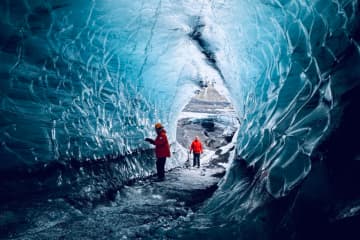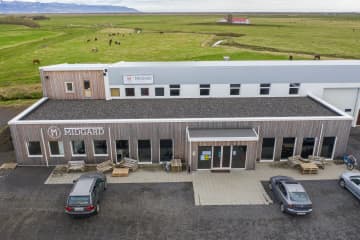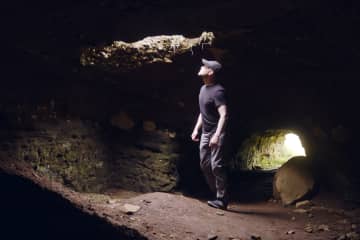Katla Geopark
Katla Geopark includes geological features of global significance. Over 150 volcanic eruptions have been recorded in the area since the 9th century. The eruptions created the landscape and influenced where people settled. Through the centuries, man and nature have affected the region’s history. The area is constantly changing due to the volcanic activity.
The Geopark covers about 9% of Iceland, 9542 km2, and follows the borders of three municipalities, Skaftárhreppur, Mýrdalshreppur and Rangárþing eystra. About 2700 people live within the Geopark. Traditional agriculture has been the main source of employment, especially sheep and dairy farming. Cereal farming has recently increased. The villages of Hvolsvöllur, Vík and Kirkjubæjarklaustur developed as service centres for farmers. In recent years tourism has become increasingly important to the economy of the area.
Geology
Iceland lies astride the Mid-Atlantic Ridge where tectonic plates move apart from each other, causing a rift zone. A mantle plume exists below the country, centred beneath Vatnajökull ice cap. In South Iceland the interaction of the rift zone and the mantle plume results in complex and diverse volcanic activity.
Volcanic activity and its widespread effect on the area’s nature and landscape make Katla Geopark very special. The Geopark is in the most volcanically active area of Iceland, and the volcanic systems at Eyjafjallajökull, Katla, and Grímsvötn are particularly active. The region is characterised by central volcanoes, eruptive craters and fissures, rootless cones, lava fields, table mountains (tuyas), and hyaloclastite ridges which trend SW-NE, like the rift zone.
Ice caps are prominent in the landscape, topping the highest volcanoes. Outlet glaciers and glacial rivers flow from them and glacial landforms, e.g. moraines and ice-dammed lakes, occur in the area. Large floods, usually glacier outbursts associated with subglacial eruptions, have formed outwash plains in the lowlands. The oldest bedrock in the area is about 2.5 million years old, and can be found at the base of Lómagnúpur, an old sea-cliff (671 m). Other interesting features in the Geopark are fossil-bearing xenoliths, and tephra layers which are useful for dating (tephrochronology).
We are on facebook:

